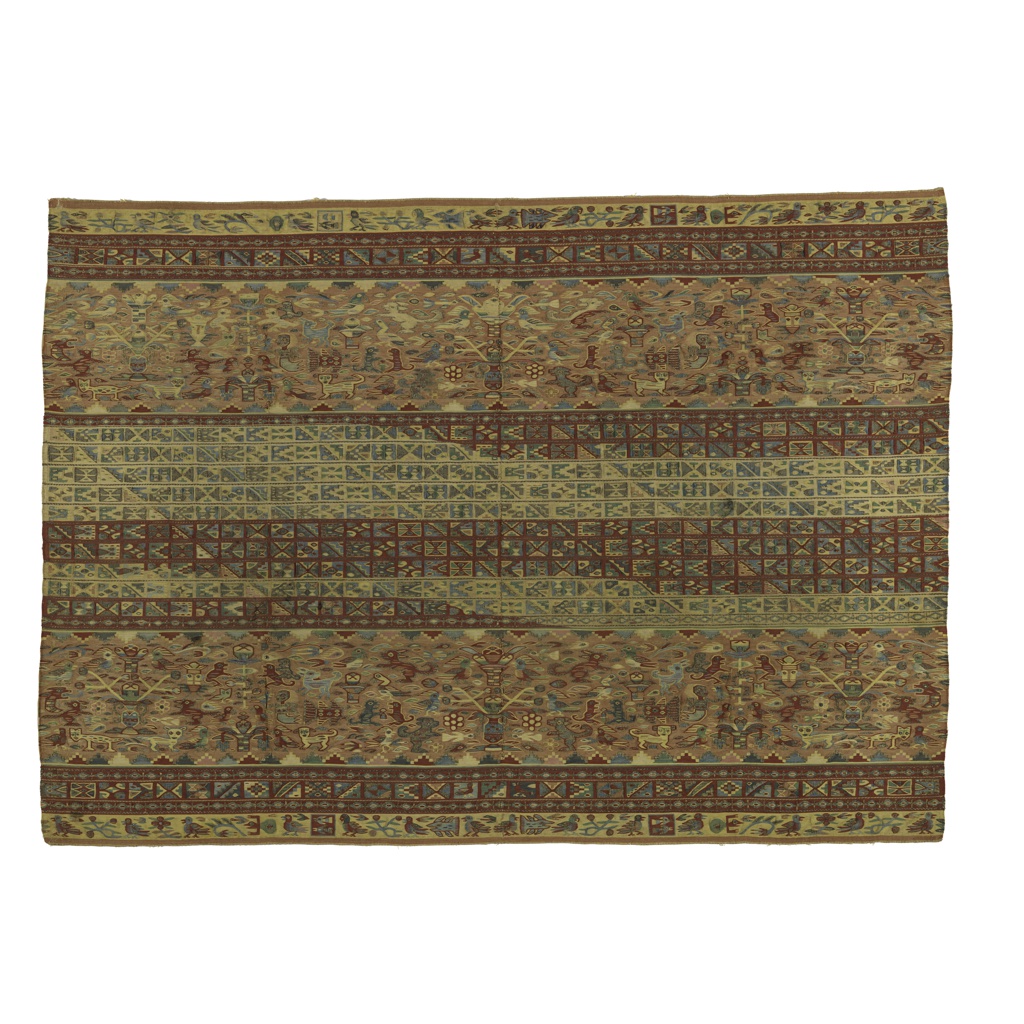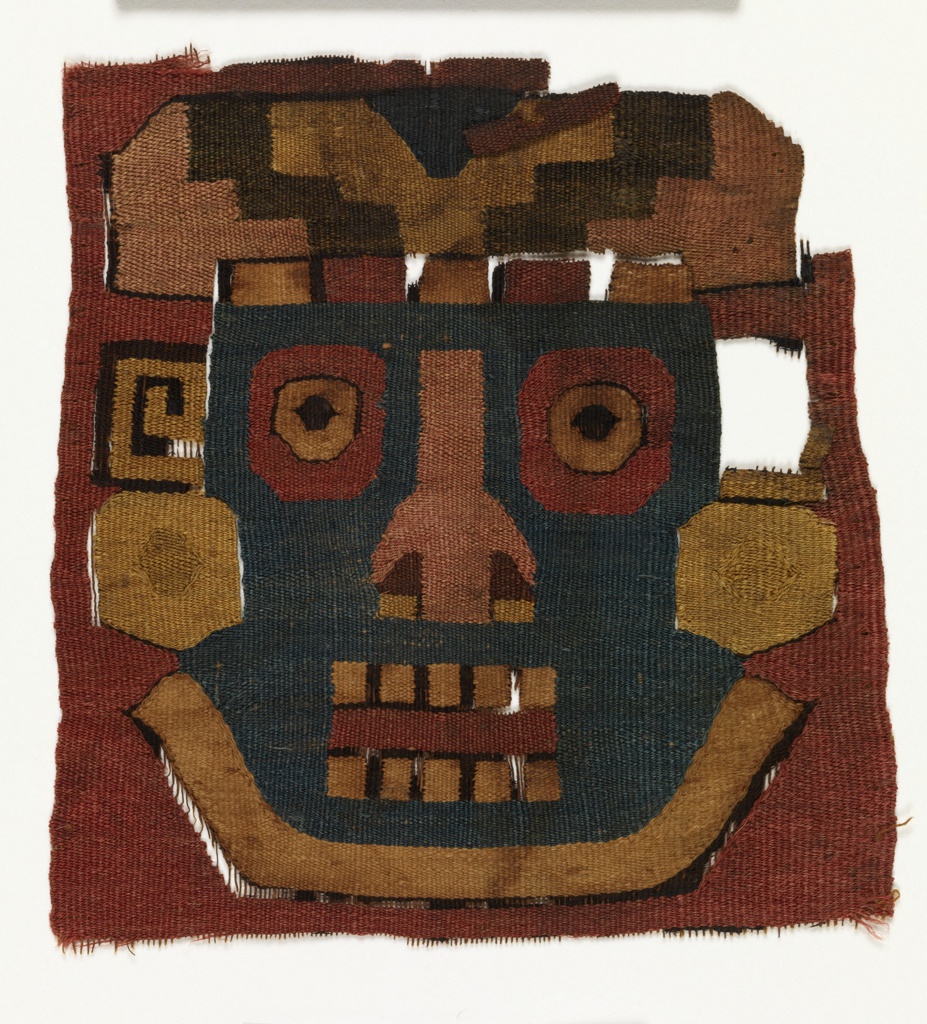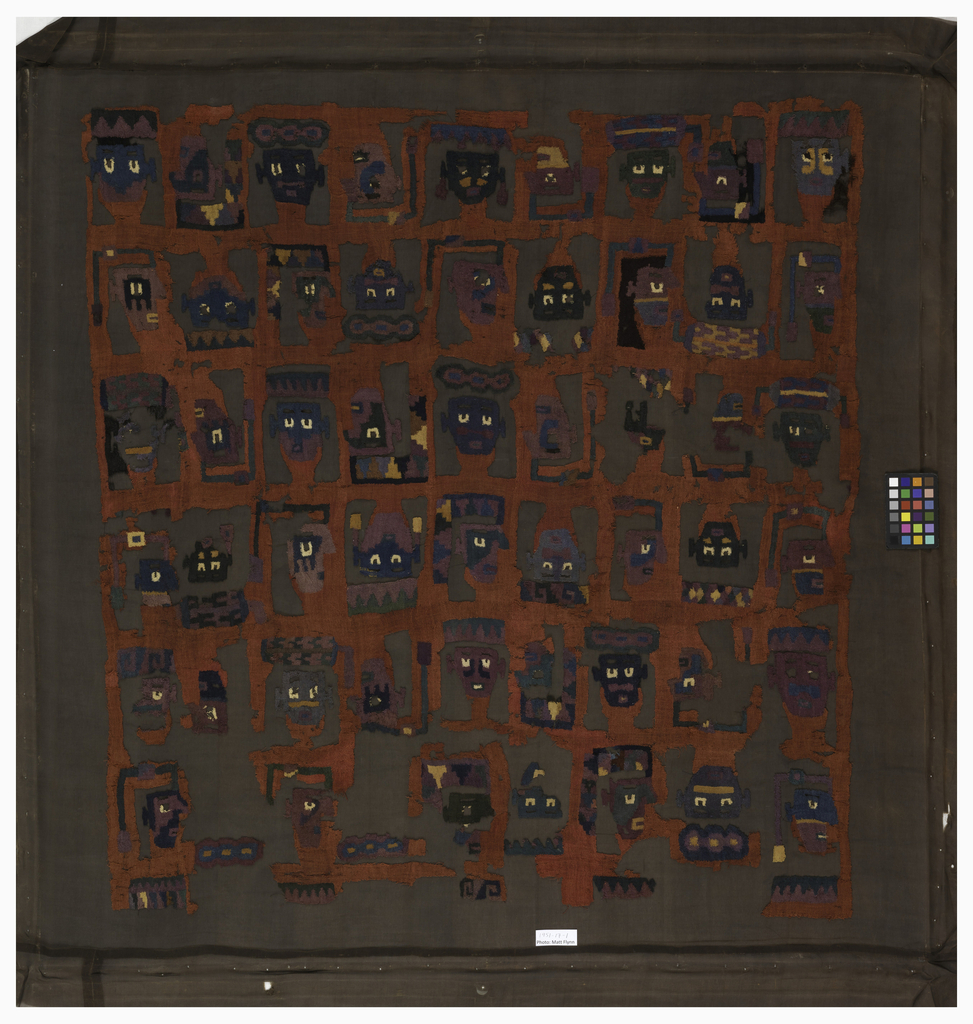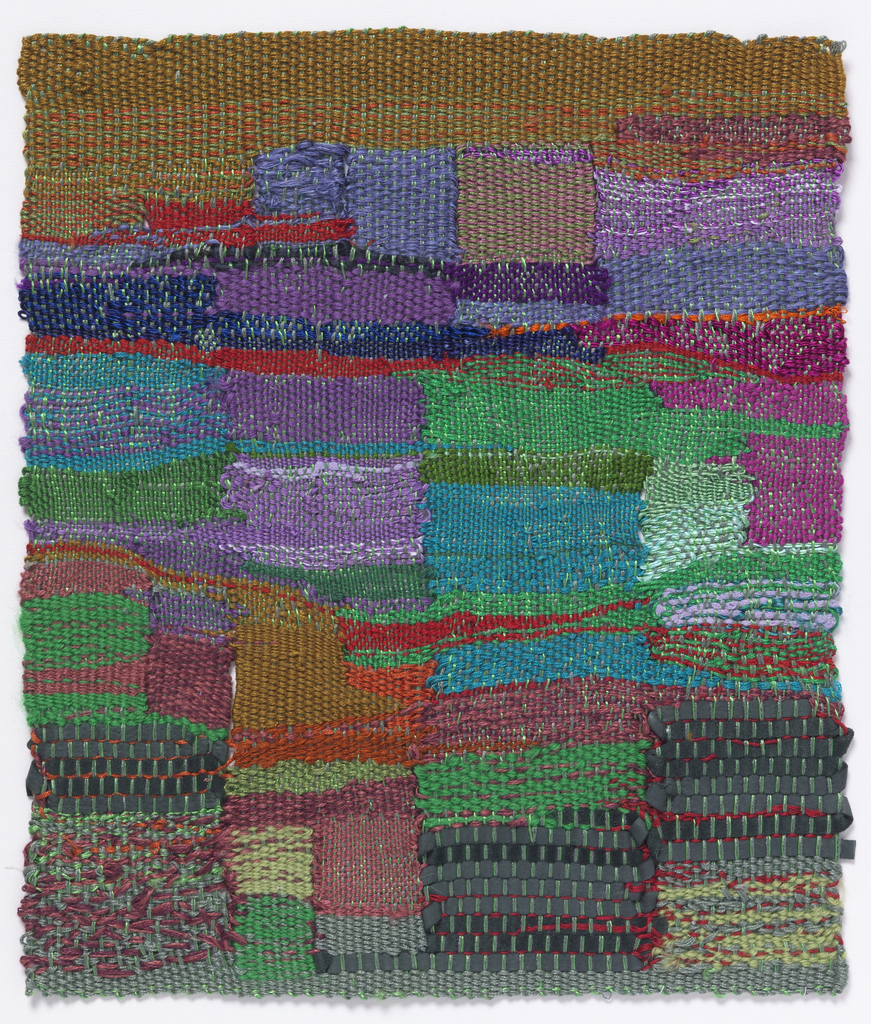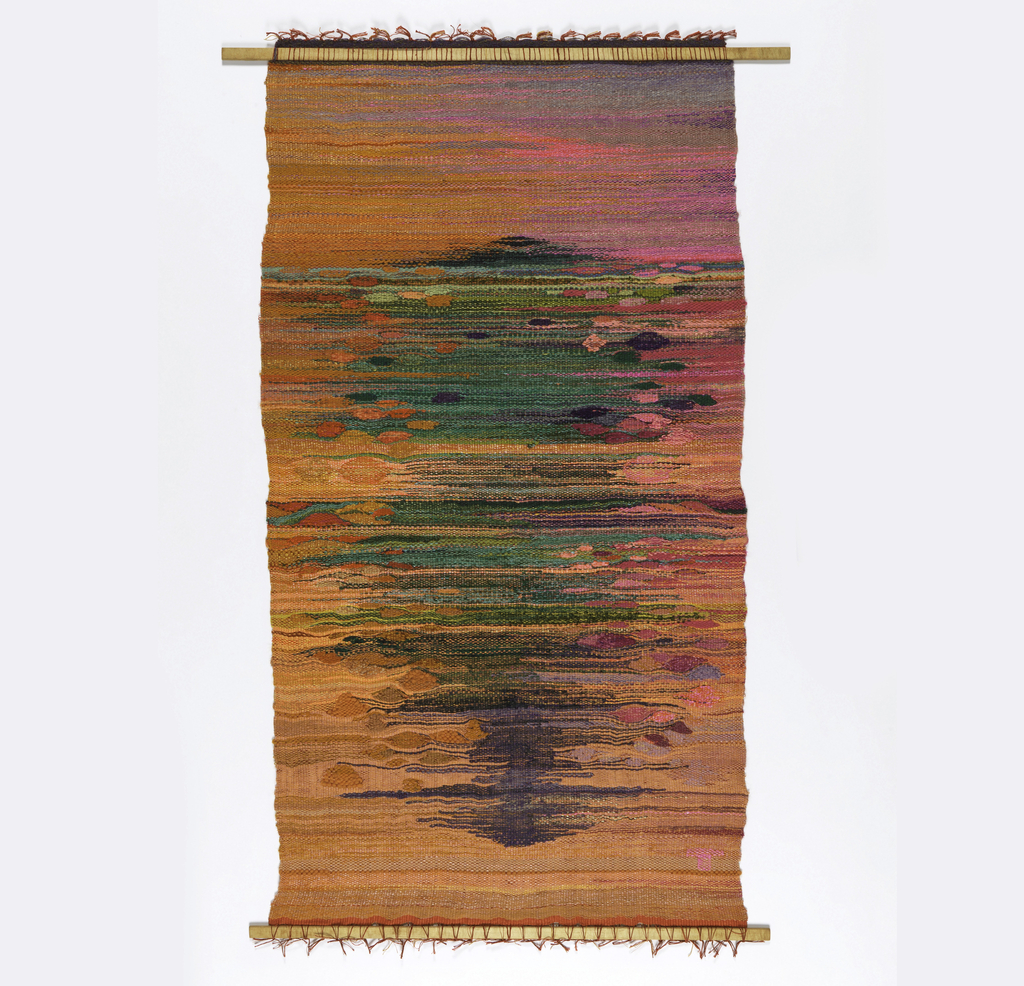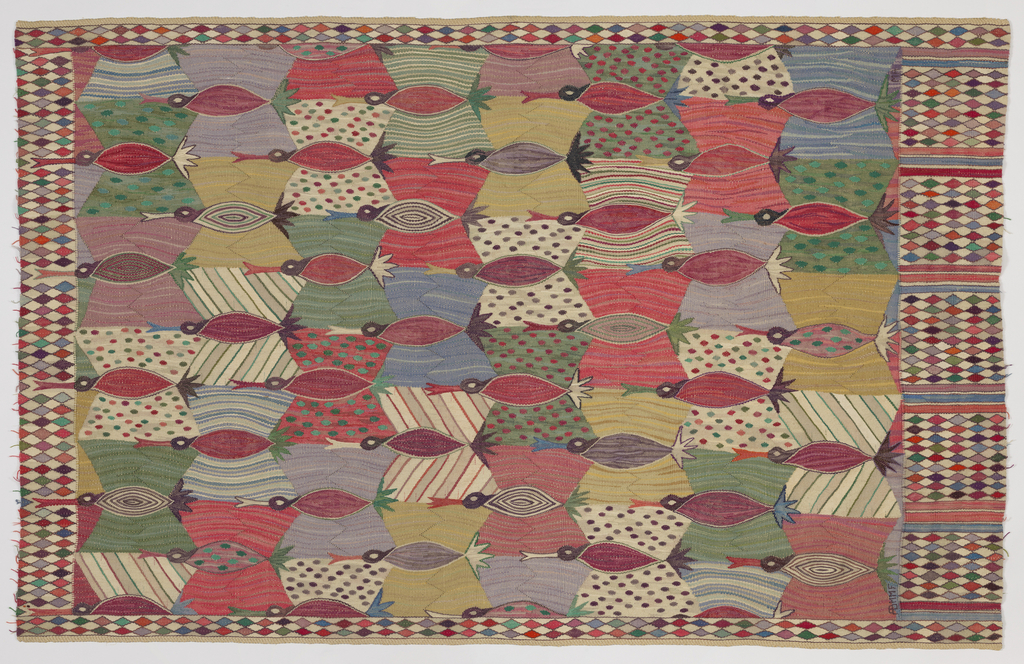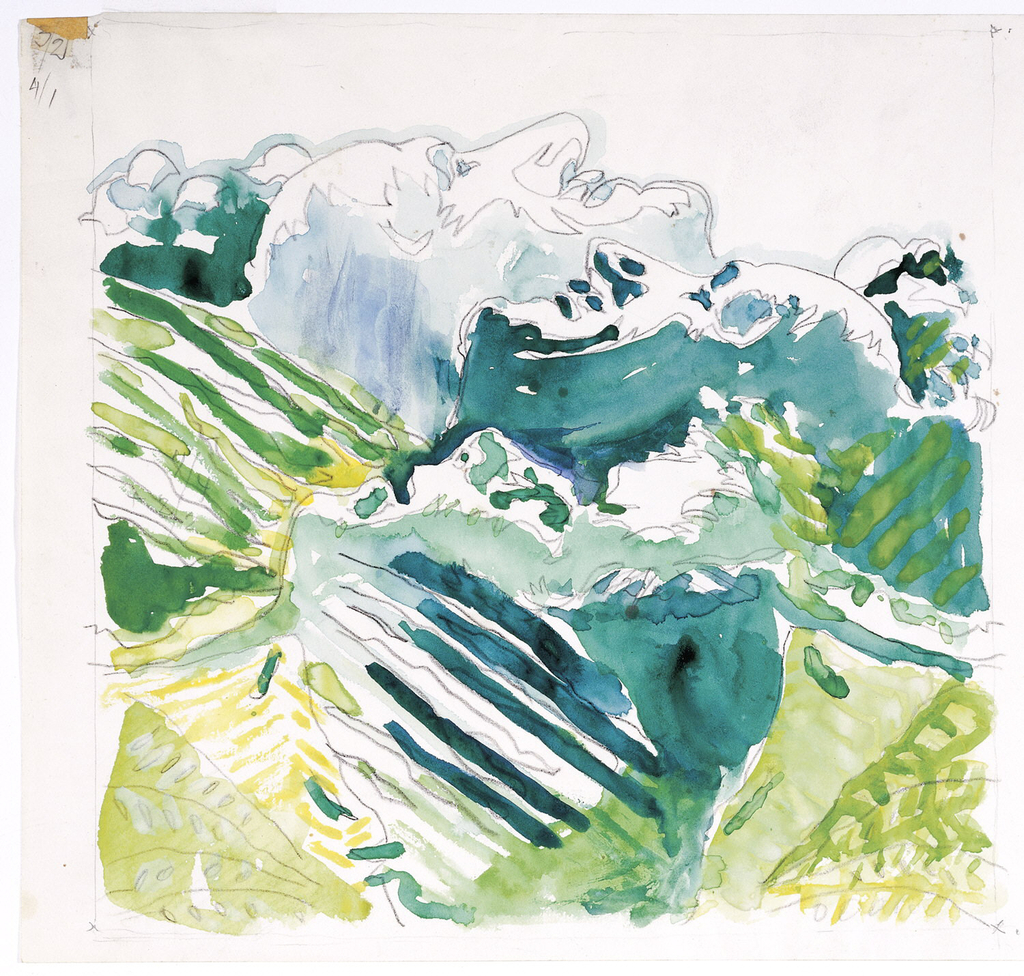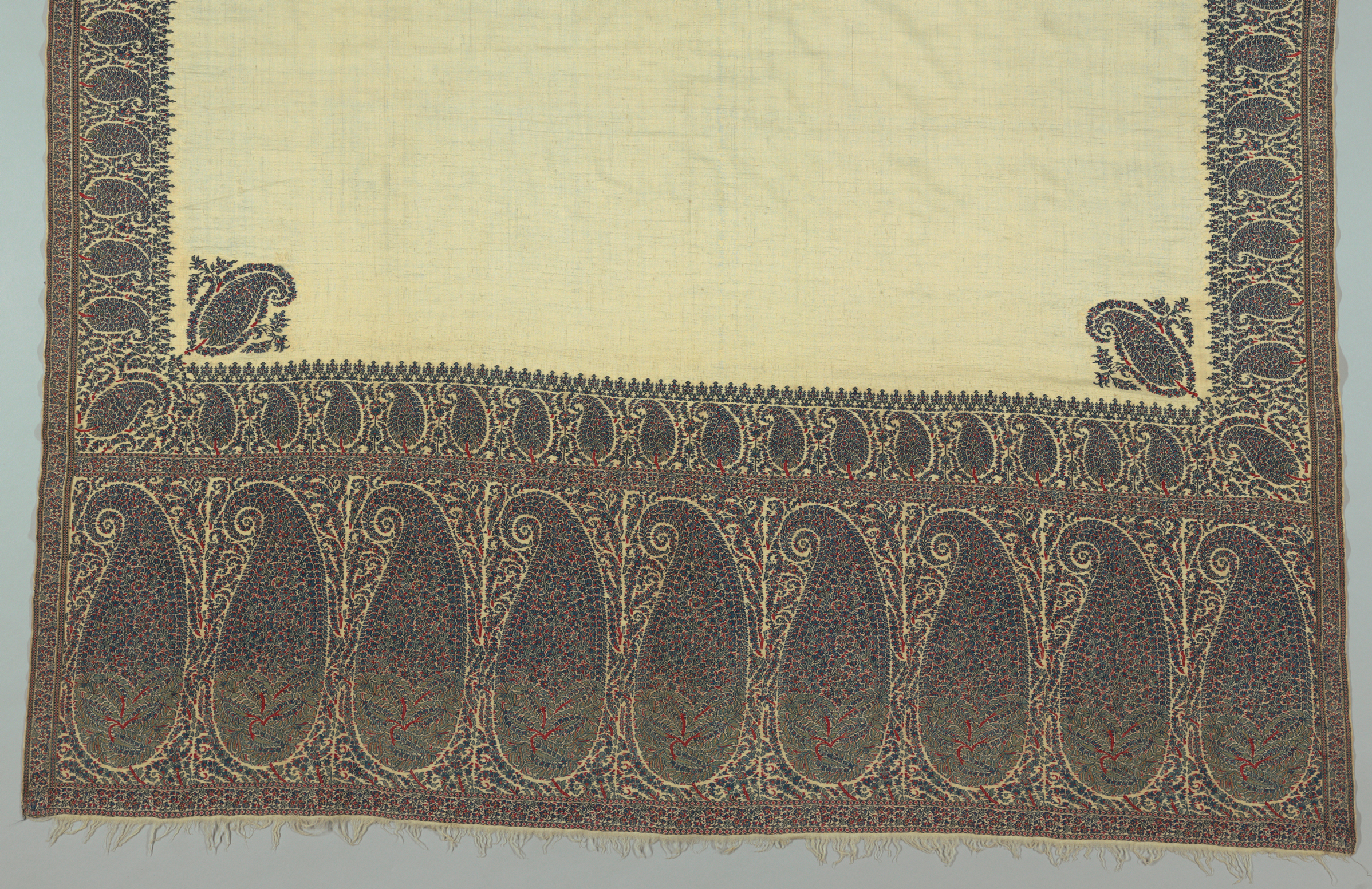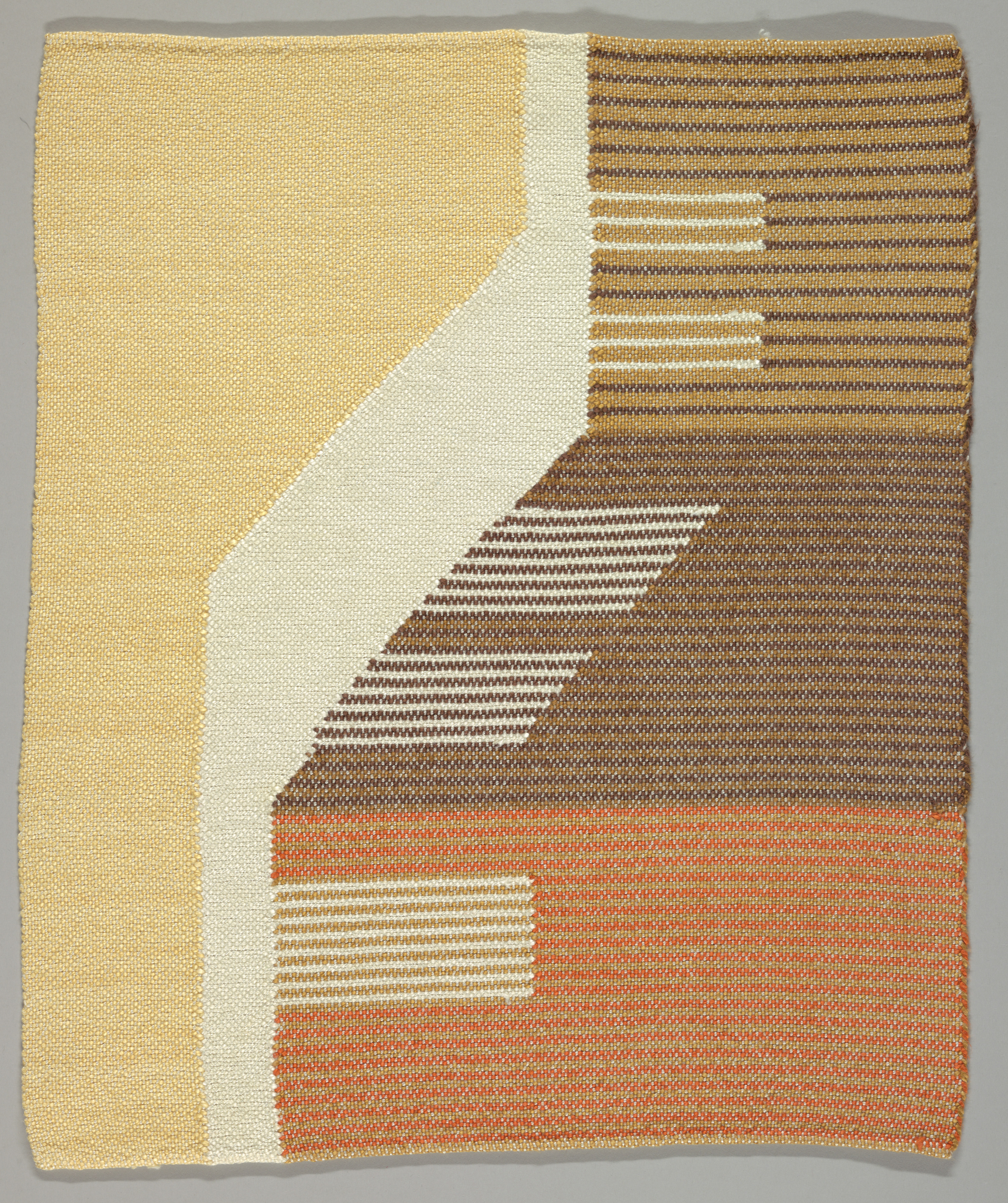This post was originally published on December 20th, 2012. This beautiful cloth is a woman’s shoulder mantle, called a lliclla in the Quechua language of the Inca Empire, and was made during the colonial period of Peru. A perfect blend of the cross-cultural elements of the 16th- and 17th-century era of global trade, the Chinese...
Author: Christine Giuntini In celebration of the third annual New York Textile Month, members of the Textile Society of America will author Object of the Day for the month of September. A non-profit professional organization of scholars, educators, and artists in the field of textiles, TSA provides an international forum for the exchange and dissemination...
The production of this type of cloth was confined to a brief period of great artistic achievement in the Nasca region. The portrait heads appear to be of human rather than deity figures, and seem to represent individuals of varied status and perhaps ethnicity, signaled by the wearing of certain accoutrements. Features of the figures...
Author: Patricia Malarcher September is New York Textile Month! In celebration, members of the Textile Society of America will author Object of the Day for the month. A non-profit professional organization of scholars, educators, and artists in the field of textiles, TSA provides an international forum for the exchange and dissemination of information about textiles...
Author: Kathleen Magnan September is New York Textile Month! In celebration, members of the Textile Society of America will author Object of the Day for the month. A non-profit professional organization of scholars, educators, and artists in the field of textiles, TSA provides an international forum for the exchange and dissemination of information about textiles...
Author: Desiree Koslin September is New York Textile Month! In celebration, members of the Textile Society of America will author Object of the Day for the month. A non-profit professional organization of scholars, educators, and artists in the field of textiles, TSA provides an international forum for the exchange and dissemination of information about textiles...
At first glance, this design drawing for the tapestry Our Mountains by Trude Guermonprez (American, b. Germany, 1910–1976) may appear to be a simple mountain landscape. A closer look reveals that the cool blue-green peaks and valleys are actually formed by three reclining faces in profile. In the background, the face of Guermonprez’s husband John...
In English, the common droplet-shaped motif found on Kashmir shawls is named after the Scottish town Paisley, which became famous for its imitation shawls in the first half of the 19th century. Locally, it is called boteh (Persian: بوته ; meaning “shrub”) or buta in the Indian subcontinent. Elsewhere on Object of the Day, Deputy Curatorial Director and Head of Textiles...
This textile study sample was woven by Lydia van Gelder in preparation for a larger wall hanging, “Houses on a Street” that she created for the 1939 Golden Gate International Exposition in San Francisco. Serving as a diminutive sample for the larger piece, it is tapestry woven – double interlocked with extended dovetailing for shading....
